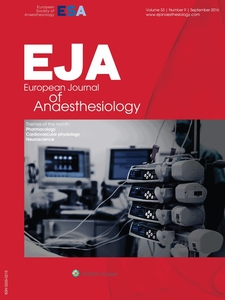
European Journal of Anaesthesiology. 34(12):792–796, DEC 2017
Europe
KIDS SAVE LIVES: School children education in resuscitation for Europe and the world
Bernd W. Böttiger; Federico Semeraro; Karl-Heinz Altemeyer; Jan Breckwoldt; Uwe Kreimeier; Gernot Rücker; Janusz Andres; Andrew Lockey; Freddy K. Lippert; Marios Georgiou; Sabine Wingen
Abstract
Sudden cardiac death is the third leading cause of death in industrialised nations. It is estimated that in Europe and in the United States, more than 700 000 patients die annually following sudden cardiac death, even when the emergency medical service has been activated and started cardiopulmonary resuscitation.1,2 The same applies to all other developed regions of the world. Despite many improvements in emergency medical services and hospital treatment of sudden cardiac death patients, the survival rates remain low. The key problem is that it can take a long time for an emergency medical service to arrive after the victim's collapse. The brain, however, starts to die some 3 to 5 min after circulatory arrest. Thus, the treatments that emergency medical services deliver arrive too late for most sudden cardiac arrest patients.